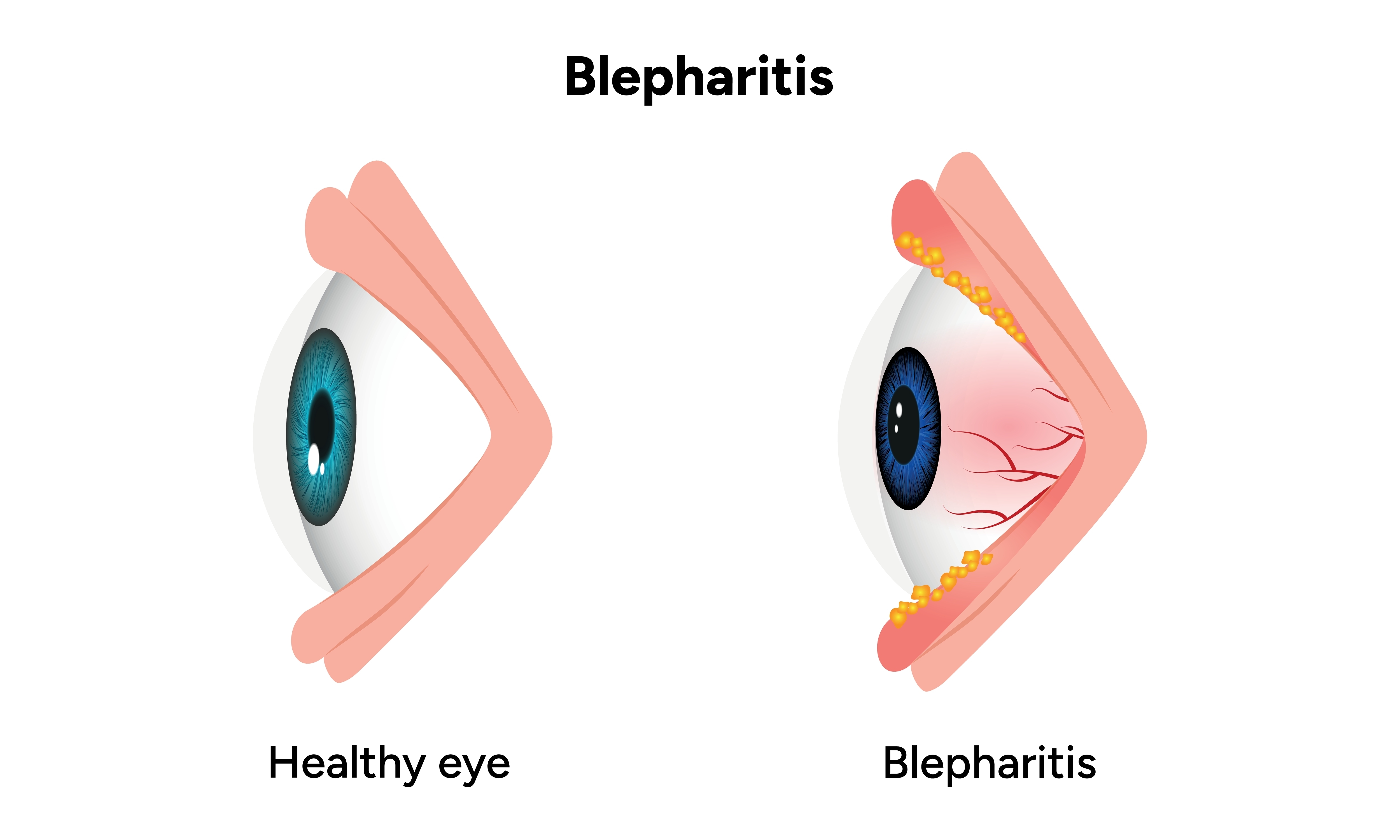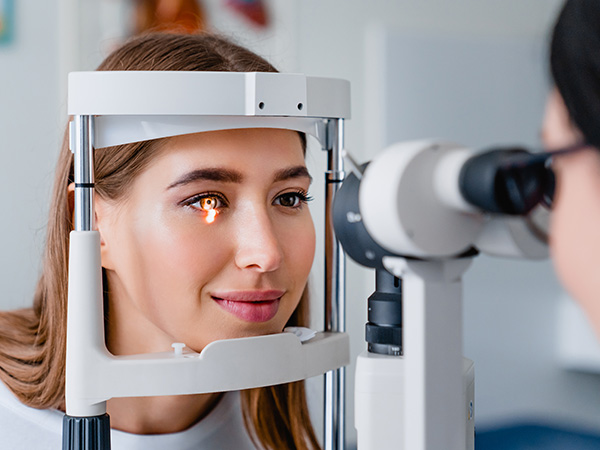
Blepharitis is one of the most common, and most frustrating, eye conditions we treat. Patients often describe it as a never-ending battle with burning, itchy, crusty eyelids… and for many, traditional remedies offer little long-term relief. The good news is new treatment methods are finally changing that.
Below is everything you need to know about blepharitis, including why IPL (Intense Pulsed Light) therapy is now considered the number one option for successful, long-lasting outcomes.
What Is Blepharitis?
Blepharitis is a chronic inflammatory condition of the eyelids, where the skin of the eyelids become red, swollen, flaky, or crusty. It affects the area where your eyelashes grow and where the oil-producing meibomian glands reside.
Causes of Blepharitis
Blepharitis is usually due to dysfunction, blockage, or inflammation of the meibomian glands, but several factors can contribute:
- Meibomian gland dysfunction (MGD) – thickened or clogged oil glands
- Bacterial overgrowth along the lash line
- Demodex mites (microscopic skin parasites)
- Skin conditions such as rosacea, seborrheic dermatitis, or eczema
- Allergic reactions or sensitivities
- Poor eyelid hygiene or incomplete makeup removal, including false eyelashes
Signs & Symptoms
- Burning or stinging of the eyes
- Itching, scratchiness, or “gritty” sensation
- Crusting or flaking at the lash line
- Greasy, red, or swollen eyelid margins
- Watery or dry eyes (tear quality imbalance)
- Extremely irritated eyes in the morning
- Light sensitivity and glare
- Blurry or fluctuating vision
Potential Complications
Left untreated, blepharitis can lead to:
- Chronic dry eye disease
- Stye or chalazion formation
- Thickening/scarring of the eyelids
- Eyelash loss or misdirection
- Conjunctivitis (chronic eye infections)
- In severe cases, corneal involvement (keratitis)
Treatment Options
Traditional at-home therapy has focused on daily management with:
- Warm compresses
- Lid scrubs / eyelid cleansers
- Omega-3 supplementation
- Antibiotic or steroid eye drops
- Topical/oral medications (for rosacea-related blepharitis)
While these methods are still helpful, they require lifelong maintenance and often don’t address the root problem effectively, especially when the meibomian glands are already inflamed or blocked.
Why IPL Therapy Is the #1 Option Today
IPL (Intense Pulsed Light) therapy is clinically proven to reduce inflammation, open meibomian glands, and restore proper tear film function, which is why it has quickly become the gold standard treatment for blepharitis and dry eye disease.
How IPL Works:
- Pulses of light target abnormal blood vessels and inflammation around the eyelids.
- Heat from the light liquefies and unclogs thickened meibomian gland secretions.
- Treatment lowers bacterial counts and eliminates Demodex mites.
- As inflammation subsides, oil flow improves – resulting in healthier tears and less irritation.
Why Patients Love IPL:
- Non-invasive and quick (15-20 minute sessions)
- Series of 3–4 treatments for long-lasting relief
- Comfortable, in-office procedure
- No downtime
- BONUS: Improves redness and sun damage of surrounding facial skin!
At our office, we use the Envision by InMode (Lumecca IPL system), currently one of the most advanced and refined technologies available for blepharitis and dry eye care.
Takeaway
Blepharitis is a stubborn eyelid condition, but it doesn’t have to control your comfort or quality of vision. IPL therapy has revolutionized treatment, offering the most comprehensive, effective, and lasting solution available today.
If you’re tired of dealing with crusty lashes, irritated lids, or constant dryness, schedule a consultation to see if IPL therapy is right for you. Your eyes deserve relief, and we’re here to help you finally find it.








